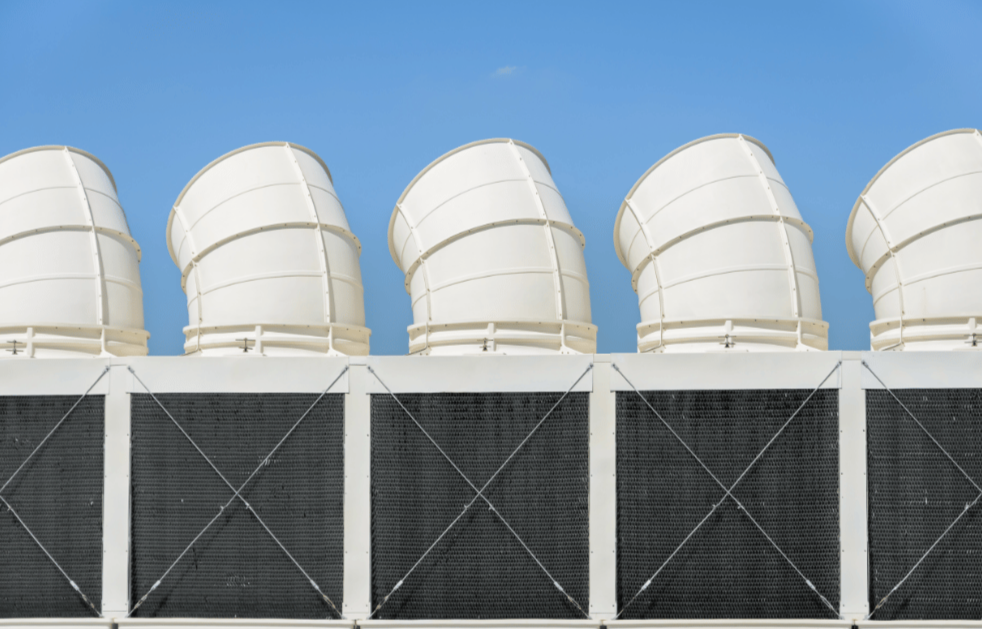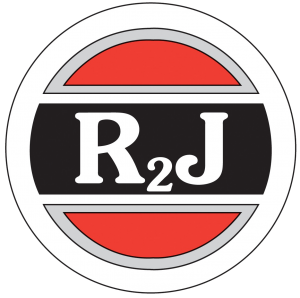Glycol Cooling Systems: Treatment and Testing Guide
Aug 21, 2025What Is a Glycol Cooling System – and Why Treatment Matters
A glycol cooling system is a closed-loop refrigeration system that uses a glycol-water mixture instead of plain water to absorb and transfer heat. It’s commonly used in commercial buildings, industrial cooling, food processing, and brewery draft systems–especially in environments that demand freeze protection, consistent temperature control, or operation in very low temperatures.
Glycol’s benefits only hold if the fluid is properly maintained – and that’s where water treatment comes in.

Glycol’s Role in a Cooling System
Glycol is a member of the alcohol family of organic compounds, and in cooling applications, it functions as both a coolant and antifreeze agent. When mixed with water, it:
- Lowers the freezing point, preventing ice formation in low-temperature environments
- Adds corrosion inhibitors to protect metal components
- Stabilizes thermal performance across seasonal temperature swings
Most glycol cooling systems operate in a closed loop, where the glycol solution is continuously circulated through a chiller, piping network, and heat exchangers. In these systems, contamination, dilution, or degradation of the glycol can quickly compromise heat transfer and introduce risk to equipment.
Types of Glycol Used in Closed-Loop Cooling
There are two primary types of glycol used in commercial and industrial applications:
- Ethylene Glycol: Highly effective at heat transfer and freeze protection, but toxic if ingested. Best suited for mechanical spaces with no potable water crossover.
- Propylene Glycol: Considered non-toxic and classified as Generally Recognized As Safe (GRAS) by the FDA. Required in systems that could come into contact with food processing, potable water, or draft beer systems.
Both types require different inhibitor blends and monitoring schedules–mixing glycols or using outdated product can lead to acidity, bacterial growth, and system corrosion.
Why Water Treatment Matters in Glycol Systems
A glycol cooling system doesn’t just run on a set-it-and-forget-it mixture. Over time, glycol breaks down – oxidizing, losing pH stability, and becoming diluted through repairs or leaks
Regular testing and treatment are essential to catch issues like:
- pH imbalance
- Inhibitor depletion
- Bacterial growth or fouling
- Incorrect glycol concentration (underdosing = freezing risk; overdosing = poor flow)
Explore why fluid testing matters in R2J’s guide to glycol system testing, especially in closed-loop commercial cooling applications.
Benefits of Glycol Systems – and Why Testing Protects Them
The main advantage of a glycol cooling system is its ability to maintain consistent performance in low-temperature environments. But glycol’s real value isn’t just in its freeze protection – it’s how it allows controlled, long-term system operation without risk of freezing, corrosion, or fluid degradation… if treated properly.
Freeze Protection and Stability
By mixing glycol with water, you lower the solution’s freezing point–sometimes as low as -60°F, depending on glycol type and concentration. This makes glycol ideal for:
- Outdoor chillers and rooftop cooling units
- Brewery and beverage lines
- Industrial cooling loops in variable weather
- Any system exposed to low temperature environments
But that freeze protection only works if the glycol concentration is correct. Underdosing may not prevent freezing. Overdosing reduces efficiency, increases pumping energy, and can lead to system instability.
Glycol Chillers and Closed Loop Refrigeration Units
Glycol chillers are a common type of refrigeration unit used in brewery, food processing, and commercial HVAC applications. These systems circulate a glycol water mixture through a closed loop system, where it acts as the cooling medium to absorb heat from equipment or space and return it to the chiller. Because these loops are sealed, maintaining fluid balance and chemistry is critical to ensure rapid cooling and avoid heat transfer loss. Over time, even small leaks or top-offs can reduce inhibitor strength or freeze protection. Regular testing helps ensure consistent performance across the entire refrigeration system.
Corrosion Protection and System Longevity
Glycol doesn’t just prevent freezing – it protects the system from within.
Commercial glycol blends include corrosion inhibitors that prevent pitting, oxidation, and deterioration of:
- Steel and copper piping
- Pump seals and valves
- Plate-and-frame heat exchangers
- Expansion tanks and air separators
However, those inhibitors don’t last forever. Heat and oxygen degrade glycol, leading to acidity and system damage.
Regular fluid testing ensures that corrosion protection remains intact. If pH begins to drop or inhibitors fall out of range, it’s a sign the glycol mixture needs to be rebalanced – or replaced.
Non-Toxic and Food-Grade Options
Where systems may interact with potable water, food processing equipment, or draft beer lines, propylene glycol is the preferred (and often required) choice.
It’s:
- Classified as non-toxic and Generally Recognized As Safe (GRAS) by the FDA
- Ideal for beverage systems and breweries
- Easier to dispose of in environmentally sensitive applications
For these systems, regular glycol testing also ensures compliance with health and safety codes–especially in facilities with seasonal cooling loads or glycol that sits idle for months.
Explore best practices for maintaining glycol systems in commercial facilities to avoid these common pitfalls.
Maintaining a Glycol Cooling System: Testing, Treatment, and Support
Glycol systems don’t fail from mechanical wear alone – most failures trace back to poor fluid management. Just like any other water-based system, a glycol cooling system requires regular testing and targeted treatment to avoid damage, inefficiency, or downtime.
Routine Testing: What to Measure
To keep glycol systems running smoothly, testing should be done at least twice a year – and more frequently in high-demand or high-risk environments.
Key metrics to test:
- Glycol concentration (freeze protection effectiveness)
- pH (indicator of breakdown or contamination)
- Reserve alkalinity (buffering capacity to prevent corrosion)
- Inhibitor levels (effectiveness of corrosion protection)
- Appearance (discoloration, sediment, or odor)
A drop in pH or loss of inhibitor protection means the glycol is degrading. At that point, the fluid must be reconditioned, rebalanced, or replaced. Continuing to operate with degraded glycol can lead to corrosion, bacterial growth, or even freeze-up risks.
Seasonal Checks and Fluid Turnover
- Test glycol before winter startup to confirm freeze protection
- Check again before summer cooling season for pH stability and corrosion risk
- Top-offs, leaks, or repairs introduce new water – always test after these events
- Never mix glycol types (e.g., propylene with ethylene) – it destabilizes the chemistry
Fluid that’s more than 3–5 years old or has consistently failed testing is usually due for replacement.
Learn how proper glycol testing and system maintenance can extend system life and reduce operating risk.
Talk to a Certified Glycol System Expert
R2J’s Certified Water Technologists (CWTs) help facility teams manage glycol chemistry with confidence – from freeze protection and corrosion control to fluid testing and rebalancing.
If you’re seeing pH drift, degraded glycol, or freeze risk, contact R2J to schedule a test or get support tailored to your system.
Frequently Asked Questions (FAQ)
What’s the right glycol concentration for freeze protection?
A 25–35% glycol-to-water mix is standard for most commercial systems. Going above 50% can reduce flow and heat transfer efficiency.
How often should glycol be tested?
Test at least twice a year – ideally before winter and summer. Increase frequency for critical systems, high makeup water use, or after repairs.
Can you mix ethylene and propylene glycol?
No. Mixing glycol types destabilizes corrosion inhibitors and can lead to fouling or premature fluid failure.
When should glycol be replaced?
If you see low pH, poor freeze protection, discoloration, or repeated corrosion issues, it’s time for a full fluid analysis – and likely replacement.
What causes glycol to degrade?
Heat, oxygen, and stagnant conditions break glycol down over time, forming organic acids that lower pH and corrode system components.

